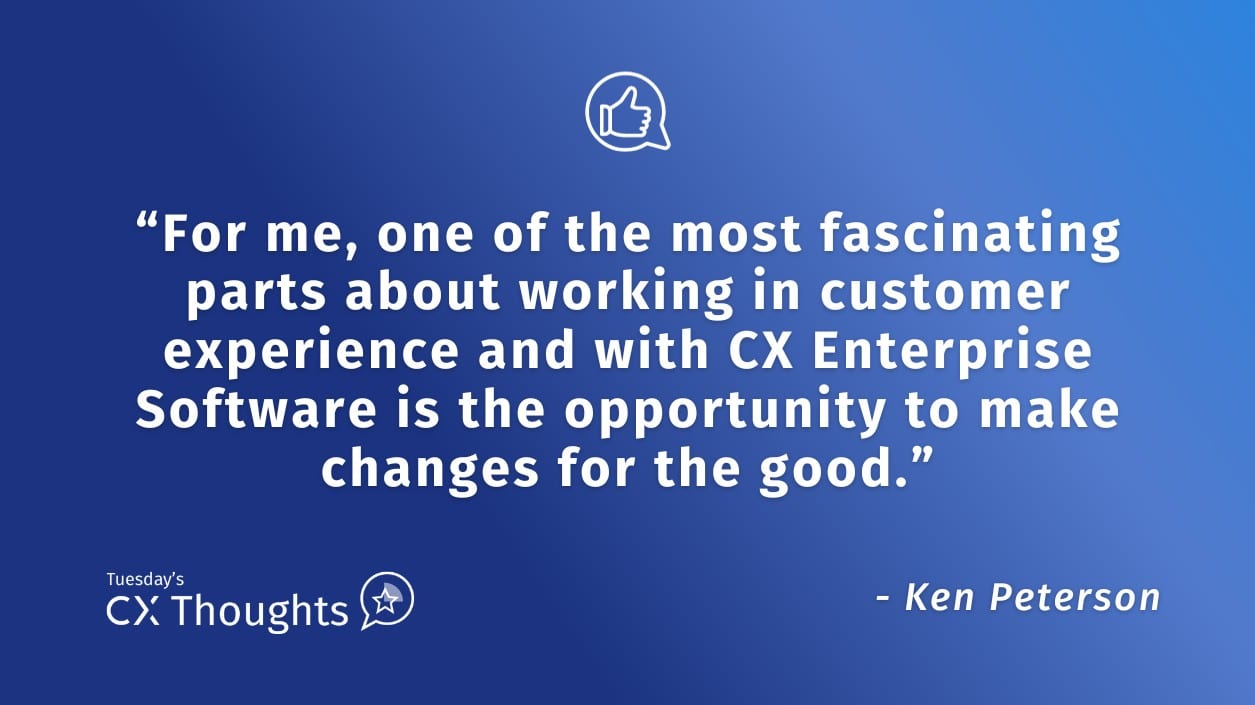
In a hurry? Listen to this week’s topic review:
While my youngest has already graduated, I still have the honor of serving actively on the parent board. Part of the role is hearing about the needs and wants of parents, teachers, administrators, and school clubs and determining if we will commit budget to such requests. In our most recent meeting, there were many requests coinciding with the beginning of the school year. Clubs that need supplies to compete in their respective activities. Teachers who would like to enhance the classroom experience with experiential learning opportunities. Even the occasional repair of an air-conditioning unit.
During this meeting, a parent posed a question about the school facilities. I remember talking about this very topic with my son when he first started attending the school. The parent wanted to know why there were no bells to indicate the start and end of class. This is an interesting question that I had not really thought about in a while. As far back as I remember, there had always been bells in the classroom. That was until I went to college, and you just relied on the “bell system” in your head to know when it was time to arrive at class and depart to the next class.
For me, one of the most fascinating parts about working in customer experience and with CX Enterprise Software is the opportunity to make changes for the good.
In this high school, there has not been a bell system in place as long as the current principal can remember. As he said, students are just responsible for getting to class; teachers are responsible for starting instruction on time and dismissing students so they can get to their next class. It sounds very much like the college environment – probably a good practice ground as a college preparatory high school. I know when I was in high school, I definitely knew when class was ending, long before the bell would ring. Ultimately, we were just “trained” to know when class started and ended.
Even for me, most days start at 3:30 am. I’ll always set an alarm – just as I was trained to do – yet I’ll always just wake up, usually five to ten minutes before my alarm goes off. This kind of “training” can be applied in your customer experience strategy. There is a very direct example in retail in a key area of any customer journey template, the payment process. Many recall when the roll out of embedded chip credit cards, the machines had this annoying sound to alert the customer that their card had been read and could be removed. It was a customer training device – most had been used to swiping a card and putting it away. This was different, the customer had to leave the card inserted until it was read by the machine.
This was to ensure they did not leave it behind. Since then, the sound has become more subtle (in most places) and sometimes it is not present – just a screen saying to remove the card. In the same part of the customer journey, the same type of “training” is utilized for mobile payments. When touching the NFC to the payment device, there is an audible beep, and (at least in my case) the phone vibrates slightly when the necessary information is transmitted by phone to payment device.
Customers Can Be Trained
For me, one of the most fascinating parts about working in customer experience and with CX Enterprise Software is the opportunity to make changes for the good. This can be improving the experience along various customer experience touchpoints to benefit the customer or a financial linkage analysis that will demonstrate that deep understanding of the Voice-of-the-Customer can result in a benefit for the brand or company in simply making the experience better for the customer.
Most importantly, you can embed these ideas into your organization by simply repeating the desired behaviors. It is a key reason we’ve added the Outer Loop triggered by root causes in our QuestionPro exclusive NPS+ question type. This is what is meant by the full-cycle customer feedback loop – both Inner Loop and Outer Loop. It really is not a customer experience software platform without both.
The idea behind all these tools is to take action. The history behind the Net Promoter Score was to take action based on the sentiment analysis for the open-end comment following the “ultimate question”. There is not much that can be improved with any social media analysis, including by leveraging QuestionPro’s CX Reputation, without the additional step of taking action on the information collected.
When you repeatedly take positive actions for the benefit of the customers, you can train them to expect the experience. In addition, by defining a culture that focuses on all defined touchpoints of the customer journey map, you can even have the added side effect of improving the employee experience.
Just like all the students that simply know the routine, and the teachers that enable it, your customers can be trained to love your company – you just need to take actions that enable it.







